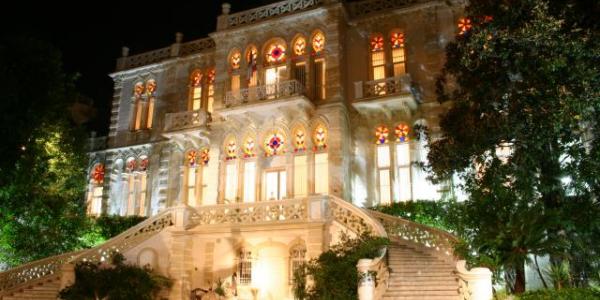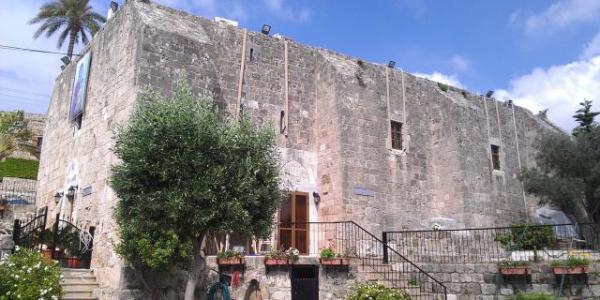Maghdoucheh
Approximately 8 Km to the east of Saida we find Saydet al Mantara, Our Lady of the Guard, a Christian sanctuary that overlooks the coastline. The residents of the area believe that while Jesus was visiting the cities of the South, Mary waited for him in this grotto. An old sanctuary dedicated to Astarte, it was probably turned into a place of worship for the Virgin Mary by the Emperor Constantine, during the 4th century. The grotto was discovered by accident by a shepherd in the 18th century, and later restored and transformed into a chapel. Further left, after the grotto, it is possible to go up a tower on which a statue of the Virgin stands, and enjoy the view from there.
It is a town known for its agriculture, especially bitter oranges, grapes and other seasonal fruits
Echmoun
Approximately 5 Km from Saida lies what was once a temple dedicated to Echmoun, the Phoenician god of healing, built in the 7th century BC by the King of Sidon, Echmunazar II. It was used for 1,400 years, between the 7th and the 6th centuries AD before it was abandoned. It is one of the best-preserved Phoenician remains of the country.
The Beaufort Castle
About 40 km away from Saida, on an escarpment of almost 1,000 meters above the valley, lays the Beaufort Castle. The castle was built as a defensive and strategic post for the Crusaders. Its construction was completed in 1139 AD. In 1189, it was besieged and later fell under the control of Saladin for the next 60 years. In 1240 the Crusaders reclaimed it and later sold it to the Knight Templars. 8 years later, the Crusaders lost it for good to Baibars, the Mamluk Sultan. In the 17th century, Fakheddine II restored and re-fortified the castle. Damaged by an earthquake in 1837, it was restored under the French Mandate. Between 1976 and 2000, a stage of fierce battles between the Palestine Liberation Organization and the Israeli Defense Force, many wings of the castle were destroyed.




